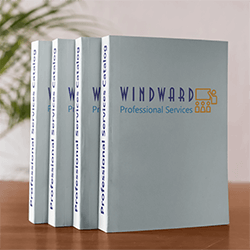MICR code is a character-recognition technology used mainly by the banking industry to ease the processing and clearance of cheques and other documents. The MICR encoding, called the MICR line, is at the bottom of cheques and other vouchers and typically includes the document-type indicator, bank code, bank account number, cheque number, cheque amount, and a control indicator. The technology allows MICR readers to scan and read the information directly into a data-collection device. Unlike barcodes and similar technologies, MICR characters can be read easily by humans. The MICR E-13B font has been adopted as the international standard in ISO 1004:1995, but the CMC-7 font is widely used in Europe, Brazil and Mexico.
SETUP
To use MICR printing, you need to install a MICR font. There does not appear to be any free ones, but there are demos. The micr fonts will require calibration, this is usually done by the install program that will print out several calibration fonts. You measure the lines and the one that comes closest to a certain measurements is the font to use. This will change depending on the printer! There are two major MICR fonts in use: E-13B and CMC-7. E-13B has a 14 character set, while CMC-7 has 15—the 10 numeric characters along with control characters.
- In bank setup there is a field for transit and bank number. You must enter these as given to you by your bank. numbers 0 to 9 and dash only
- In the cheque designer, select a micr item from the misc and drop it on the bottom of the cheque. You then must select the MICR font from the font selection. Font size must be 10!
- Print of a A/P and Journal cheque and view the font. Note that the fonts will not imbed in a PDF, so if you print to pdf and view the pdf on a different computer you will not see the MICR font.
- The client must line up the MICR exactly on the cheque as required. This will be painstaking. The client must have a magnetic ink cartridge to print a real cheque.
Check Form Design
MICR Format






